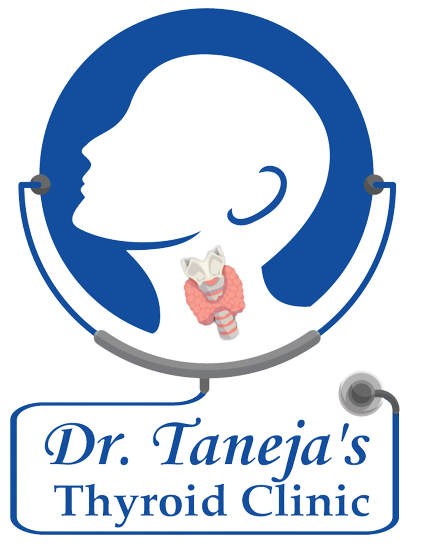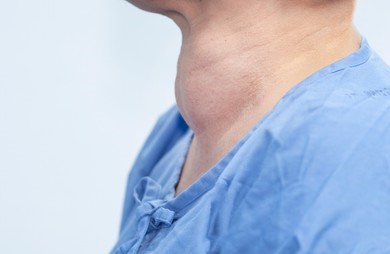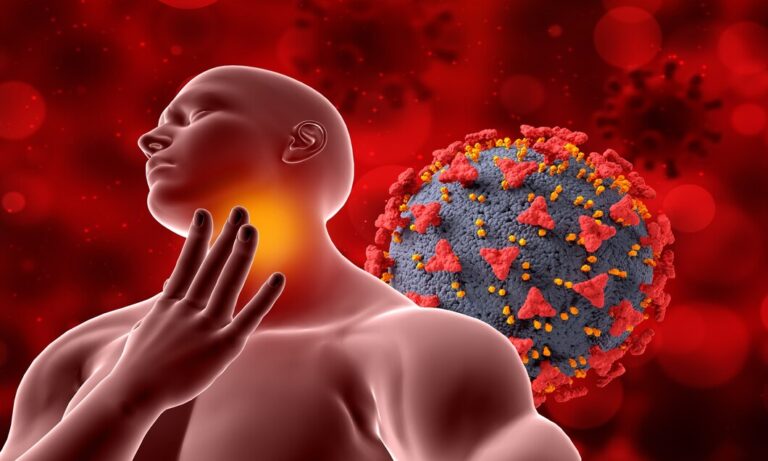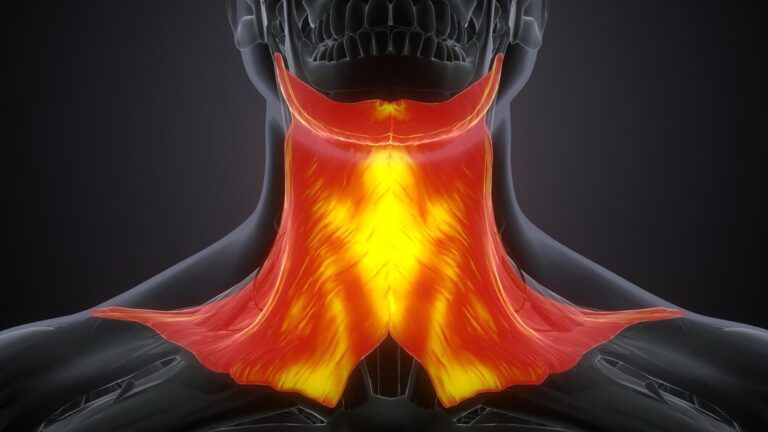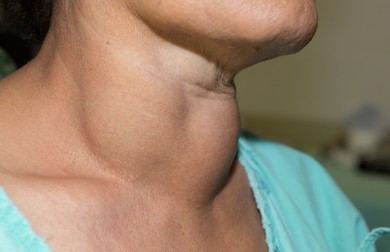Multinodular Goitre In Special Populations: Pediatric And Elderly Patients
Multinodular goitre, characterized by the presence of multiple nodules within the thyroid gland, is a common thyroid disorder that can affect individuals across different age groups. While the condition may present similarly in various age demographics, there are unique considerations and challenges associated with managing multinodular goitre in pediatric and elderly patients. This article explores the clinical manifestations, diagnostic approach, treatment options, and prognosis of multinodular goitre in these special populations.
Multinodular Goitre in Pediatric Patients
Pediatric multinodular goitre refers to the presence of multiple thyroid nodules in children and adolescents. Although less common than in adults, multinodular goitre can occur in pediatric patients due to various factors, including genetic predisposition, iodine deficiency, autoimmune thyroid disease, and radiation exposure.
- Clinical Presentation: Pediatric patients with multinodular goitre may present with symptoms such as neck swelling, difficulty swallowing, hoarseness, or compressive symptoms related to the trachea or esophagus. However, multinodular goitre in children is often asymptomatic and incidentally discovered during routine physical examination or imaging studies.
- Diagnostic Considerations: The evaluation of multinodular goitre in pediatric patients typically involves a thorough medical history, physical examination, thyroid function tests, and imaging studies, such as ultrasound. Fine-needle aspiration biopsy (FNAB) may be performed to assess the risk of malignancy in suspicious nodules, although the utility of FNAB in pediatric populations is debated due to the low prevalence of thyroid cancer.
- Treatment Approach: The management of multinodular goitre in pediatric patients depends on various factors, including the size and number of nodules, symptoms, thyroid function, and risk of malignancy. Observation with regular monitoring may be appropriate for asymptomatic patients with benign nodules, while surgical intervention may be considered for symptomatic or enlarging nodules, compressive symptoms, or suspicion of malignancy.
- Long-term Follow-up: Pediatric patients with multinodular goitre require long-term follow-up to monitor thyroid function, assess nodule growth or regression, and evaluate for potential complications or recurrence. Thyroid hormone replacement therapy may be necessary in cases of hypothyroidism or thyroid hormone deficiency.
Multinodular Goitre in Elderly Patients
Elderly individuals are more likely to develop multinodular goitre due to age-related changes in thyroid function, increased prevalence of thyroid nodules, and cumulative exposure to environmental factors. Managing multinodular goitre in elderly patients presents unique considerations related to comorbidities, frailty, and treatment goals.
- Clinical Presentation: Elderly patients with multinodular goitre may present with similar symptoms as younger individuals, including neck swelling, dysphagia, dyspnea, or voice changes. However, the presence of these symptoms may be attributed to age-related changes or underlying comorbidities, making diagnosis and management challenging.
- Diagnostic Challenges: Elderly patients with multinodular goitre may have a higher prevalence of thyroid nodules and incidental findings on imaging studies. However, distinguishing benign nodules from thyroid cancer can be challenging due to the increased risk of malignancy in this age group and the presence of other comorbidities that may complicate management decisions.
- Treatment Considerations: The management of multinodular goitre in elderly patients should take into account the patient’s overall health status, life expectancy, treatment preferences, and potential risks and benefits of intervention. Conservative management with observation and thyroid hormone therapy may be appropriate for asymptomatic patients with stable nodules, while surgical intervention may be considered for symptomatic or enlarging nodules, suspicion of malignancy, or compressive symptoms.
- Geriatric Assessment: Elderly patients with multinodular goitre may benefit from a comprehensive geriatric assessment to evaluate functional status, cognitive function, nutritional status, and social support. This multidisciplinary approach can help identify individualized treatment goals and optimize care for older adults with complex medical needs.
Conclusion
In conclusion, multinodular goitre can present unique challenges and considerations in pediatric and elderly populations. While the clinical manifestations and diagnostic approach may vary, the management of multinodular goitre in these special populations requires a tailored approach that takes into account the patient’s age, overall health status, treatment preferences, and potential risks and benefits of intervention. By addressing these factors and employing a multidisciplinary approach, healthcare providers can optimize care and improve outcomes for pediatric and elderly patients with multinodular goitre.
